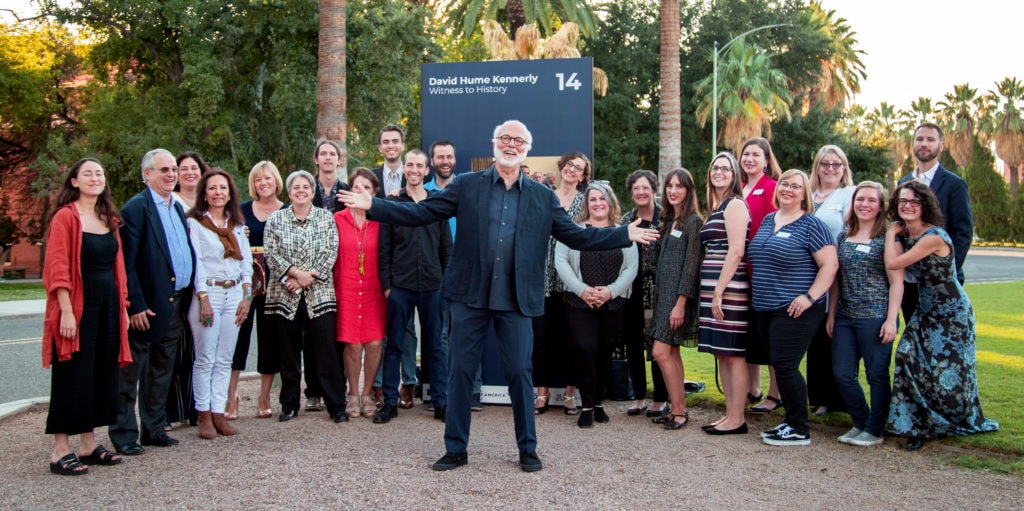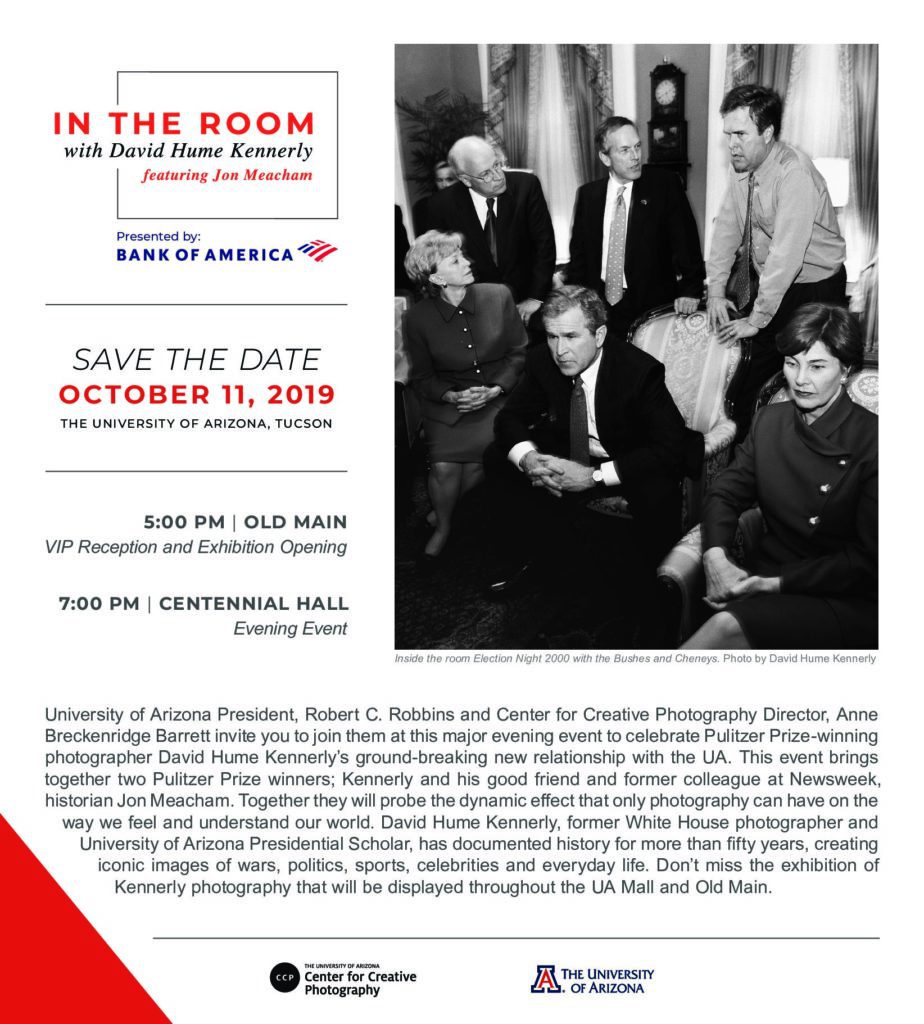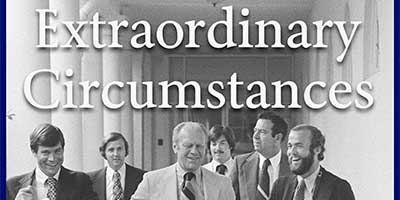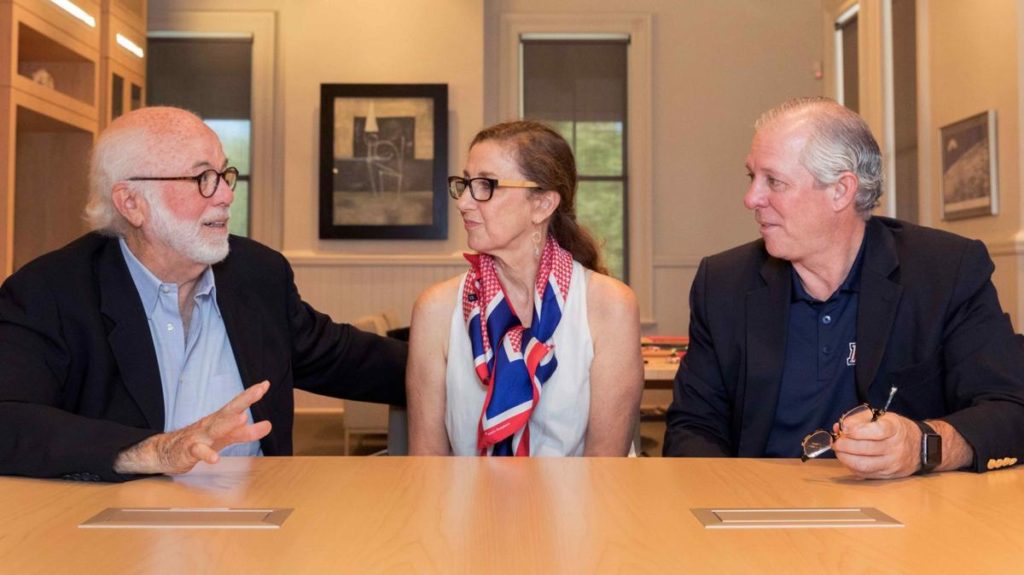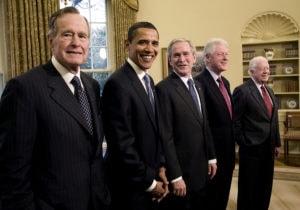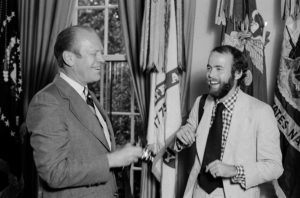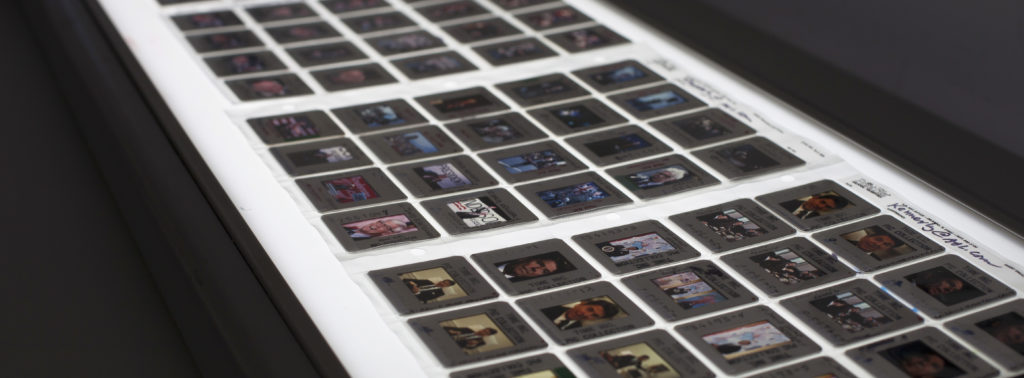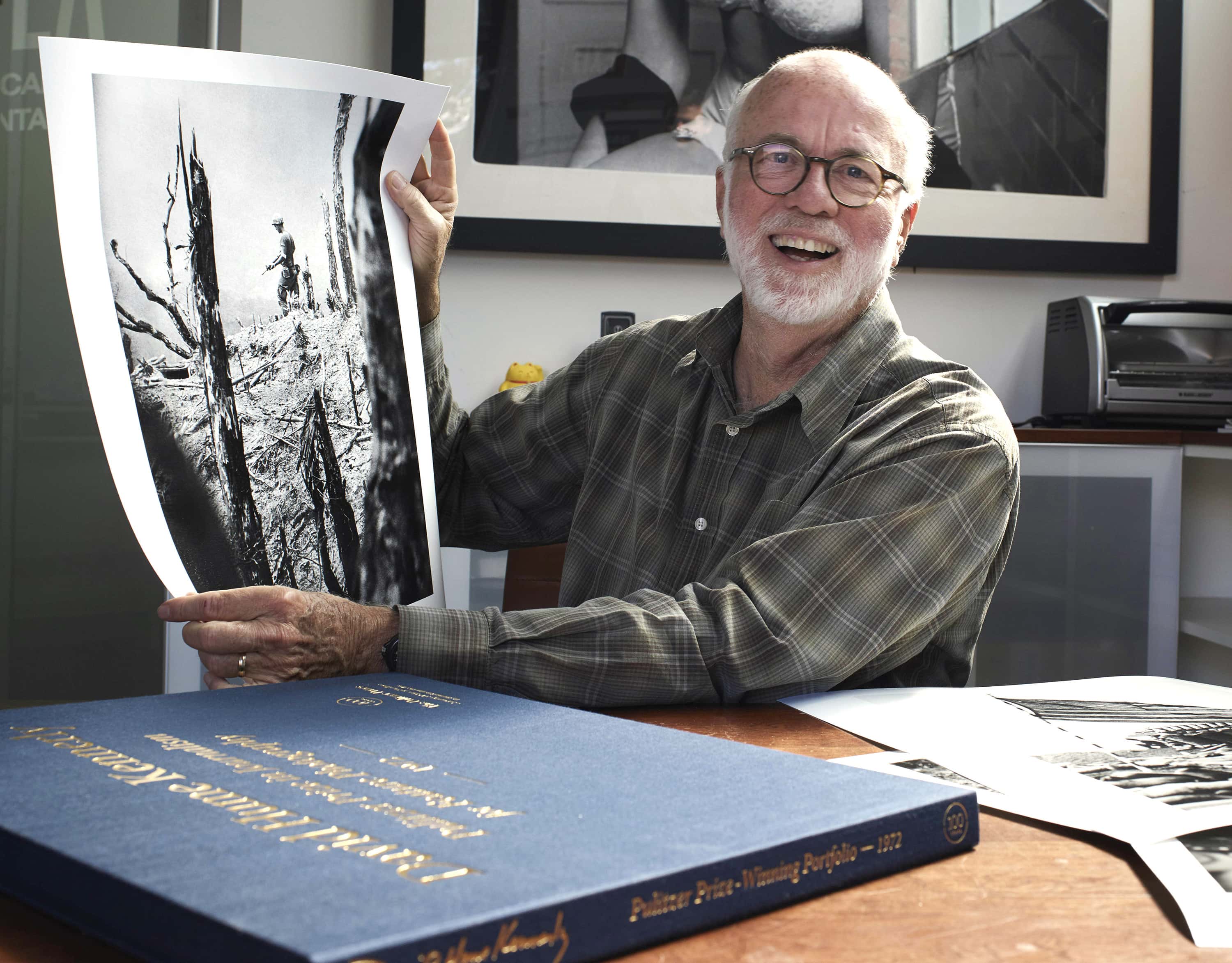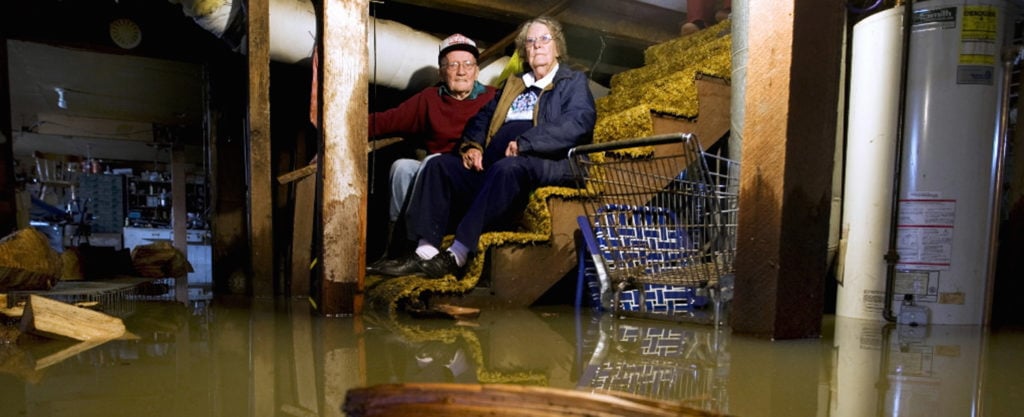I first met David Hume Kennerly in 1993. A year later, we were married in Hanoi, Vietnam on March 30, 1994. About two weeks after we met, David asked me to look at images he was considering including in his 1995 book, Photo Op. My dad and uncle were both photographers, so I was intrigued. I didn’t know that he was an important photographer, yet. In fact, I didn’t figure out just how important until about two years after we were married.
David’s studio was in a shabby temporary rental in a storefront on Ventura Boulevard in Sherman Oaks. Anyone familiar with LA knows that neighborhood it is one of the least glamorous in LA. But when I stepped into that space with photos pasted up on the walls and strewn across the floor, I was stopped cold. These were the images that taught me how to understand my past. The very images. The actual ones. I thought he might have ripped them out of books. But when I understood that he had actually made these photos himself – when it hit me that he put himself into the middle of some of the hottest hot spots in the world to help people like me understand these historic events - I became overwhelmed. I had a hard time catching my breath. Such is the power of David’s images that brought my whole past back to me in a single breathtaking moment.
On Friday, October 11, 2019, The Center for Creative Photography at the University of Arizona officially announced that it had acquired the David Hume Kennerly Archive. The announcement rolled out with an inspired celebration that included an exhibition David Hume Kennerly: Witness to History at the university’s administration building, Old Main, that will run through the end of the year, as well as a pop-up exhibition that dotted the campus mall during Family Weekend. The Center also published a mini Kennerly Archive website to put the collection in an academic perspective and made more than 100 Kennerly images instantly available online. The celebration culminated with In the Room, presented by Bank of America, an event that paired Kennerly with fellow Pulitzer prize-winner and former Newsweek Magazine colleague, Jon Meacham, for an in-depth look at photography and history.

However, the journey from that afternoon in which David’s particular genius for capturing truth in 1/500th of a second took my breath away, and this week’s acquisition announcement, required decades of hard work from a small army of dedicated professionals and visionaries. One early visionary was Dr. John Schaefer, then President of the University of Arizona and co-founder of the Center for Creative Photography with Ansel Adams. He first asked David to bring his archive to the CCP in 1979, more 40-years ago. The next mention of this idea came up a mere 38-years later. David and I were in conversations with several universities about a possible acquisition of David’s archive. Alan Siegel, the visionary branding guru and good friend suggested to CCP’s chief curator and, then interim director, Becky Senf that she take a look at David’s work. Shortly afterwards, she came to our place in Santa Monica to view the collection and expressed real interest. David and I worked with Becky and, later, CCP’s Meg Hagyard to figure out how to structure a partnership with the CCP. David had always wanted his archive to be a vibrant well-utilized educational resource. Too often photographic archives are packed up in boxes that may be safely stored, but often rarely accessed. So, Meg organized a meeting with Dr. JP Jones, the dean of UA’s College of Social & Behavioral sciences who quickly saw the educational possibilities contained in David’s photos of historic events. Later, Annie Breckenridge Barrett came on board as Director of the Center. Her bold and powerful vision aligned with that of incoming University of Arizona president, Dr. Robert Robbins. Both were committed to pairing the resources in David’s archive with U of A’s extraordinary academic resources to build an incredibly powerful educational resource to serve future generations.
However, before David’s body of work could be shown or described, it had to be gathered, organized and documented. It had to be transformed from a massive collection into a digestible archive. That’s where the small army comes in. David and I were so moved that so many of those people who helped create the David Hume Kennerly Archive traveled from far distances to attend the announcement celebration on October 11. We were so grateful that Sandra Eisert, David’s photo editor during his tenure as chief White House photographer, could attend. Dear friends like Charles and Christine Jennings also traveled to attend. Sometimes, it took encouragement from good friends to keep us going when the task felt impossible. Colleagues Pam Seagle and Larry Dirita from Bank of America flew in from the East Coast. David’s ten-year relationship with Bank of America has not only been professionally rewarding, but has allowed us to continue to invest in the David Hume Kennerly Archive. Without that support, I don’t think this archive would exist. And Jim Hornstein, our brilliant and loving attorney who helped us craft the archive structure was also there with his wife Victoria, as was the most wonderful Bob Ahern, who has helped the world see David’s images through his work as the Director of Archives at Getty Images. Jon Moeller and Hugh Millstein, whose company, Digital Fusion in LA created the exhibit prints that now hang in Old Main on the U of A campus. And a huge, huge thank you has to go to Connie Grazia, Nadine Licosti, and Maureen Sternin of Red Thread Productions who produced the In the Room event. Bravo! Most importantly, our incredible archivist, Randa Cardwell was able to attend. Randa came on board almost five years ago and has worked tirelessly to make help us make the intangible tangible. She was provided skillful support from Truman Lusson and Jessica Chappe. And we were so pleased that our three beautiful boys could join us in Tucson for the announcement. Byron, Nick, and James have never known a world without the archive, and I’ve sometimes wondered whether they thought of it like a greedy younger sibling.

In addition to the wonderful people who were able to join us at the announcement celebration, a few important contributors to the archive could not. David’s master printer, Dave Healy, whose work is the crown jewel within the fine print collection. Also, our irascible tech guru Ben Levy, who planted the concept of an archive in my head more than twenty years ago and who encouraged us to take risks with a crazy new concept called digital asset management. And finally, Alan Siegel, who had that first conversation about the archive with Becky Senf.
However, amidst the celebration, my heart is also heavy, thinking of the important photographic archives that aren’t. Too many photographers have lost their images or have had them snatched away. Too many priceless records of history have been forever destroyed or abandoned or forgotten in the face of the enormous effort and cost to manage these fragile treasures.
David and I are so very fortunate to be surrounded by so many visionaries who helped us carve out a path for this archive that simply didn’t exist before. To those who were able to celebrate with us, those who could not, and especially to those many talented and dedicated professionals at the Center for Creative Photography, we extend our heartfelt thanks. The work of helping those today understand the world of yesterday is so very important. But taking up that task with a medium that is so delicate and complex and beautiful as photography is a true calling. Thank you, Bobby, Annie, Meg, Becky, and everyone at CCP for taking up that calling. We are honored to partner with you.
